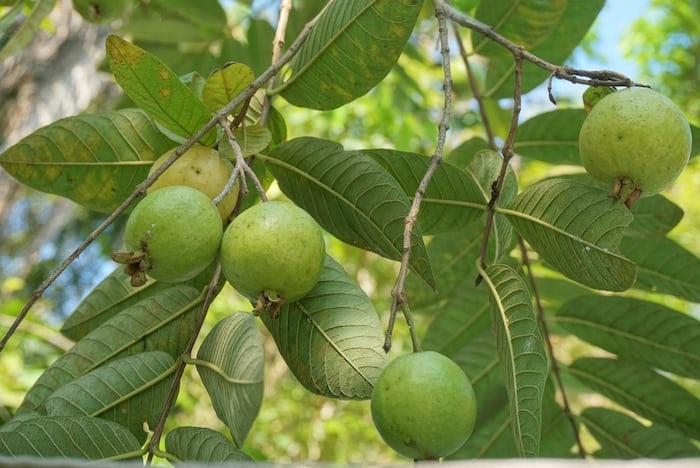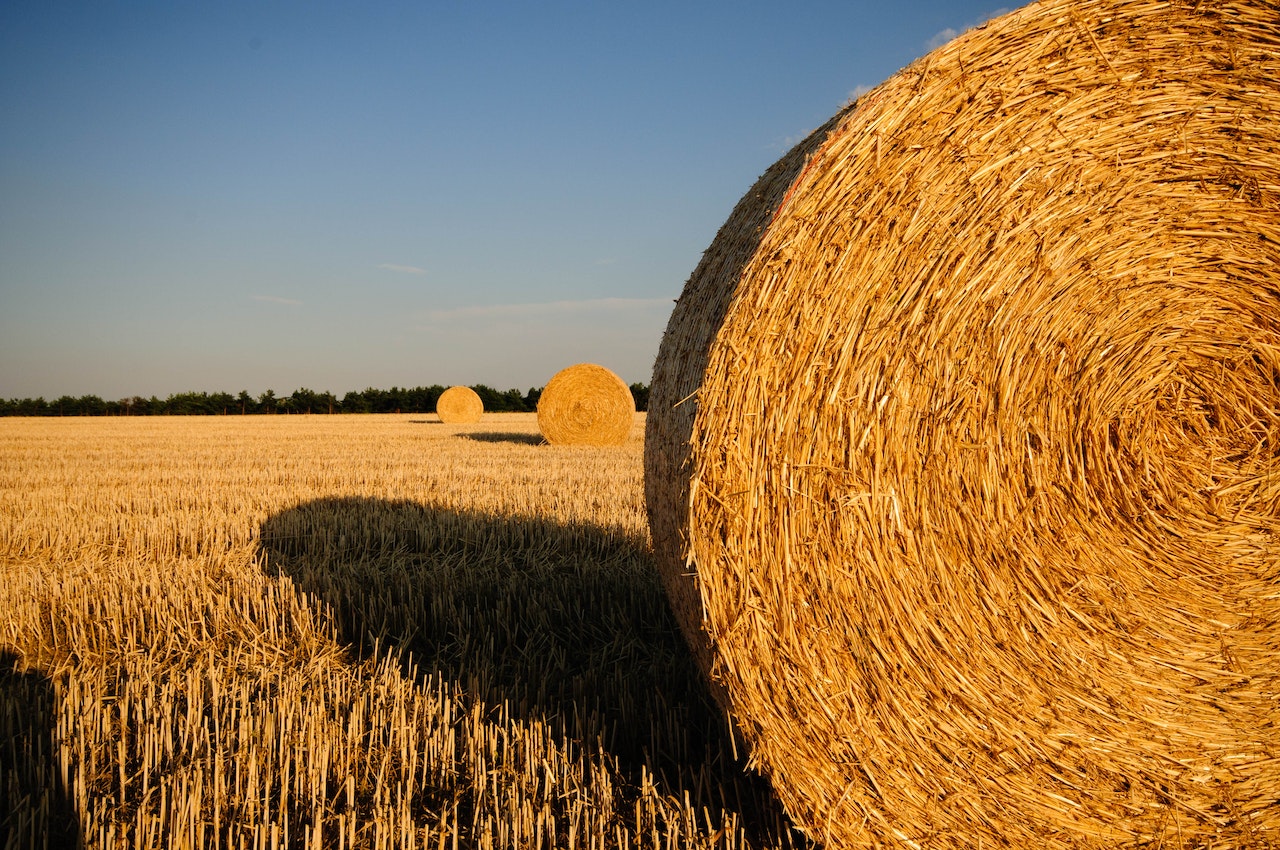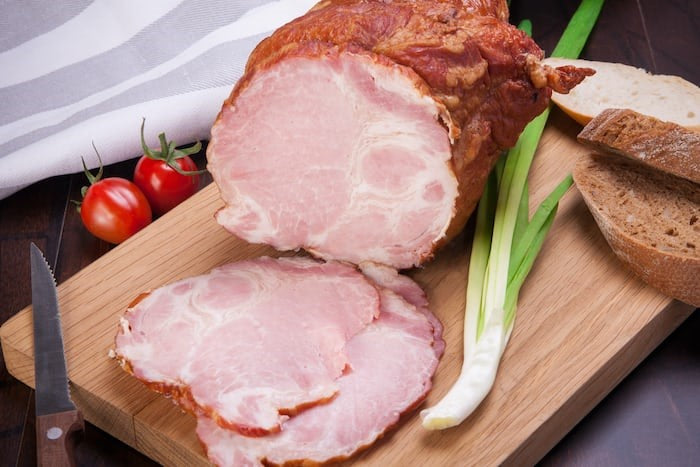
CAN PIGS EAT CHICKEN FEED?
Are you a pig farmer? Do you own a pig as a pet? Have you picked up an interest in pigs’ diet?
If you have ever wondered about the things pigs can and cannot eat, then this is for you. However, the focus of this article will be on the big question: can pigs eat chicken feed?
YES, pigs can eat chicken feed. Pigs share a lot of digestive features and functions that you might not have realized. Pigs are omnivorous like chickens (they can eat both plants and animals). Furthermore, they are non-ruminants too. However, you do not want to make chicken feed your pig’s regular diet. After all, the chicken feed was formulated specifically for chickens and not pigs, wasn’t it?

PIG FEED VERSUS CHICKEN FEED
Pig feed is different from the chicken feed in several ways. These differences range from the composition to the method of preparation, and even to the relative percentage of each of the nutrient elements present.
“Pigs feed is often brewery waste and it’s around 16% protein. Chicken needs more like 22% protein…” This is a clear indication that chicken feed generally contains more protein than pig feed.
As I mentioned earlier, the composition of pig feed and chicken feed varies. A typical pig feed contains broken rice, rice bran, maize (corn), soya beans, cassava, vegetables, distillers’ residues (residue from the production of alcohol or alcoholic beverages distilled from grains and used as feed for livestock), etc. On the other hand, chicken feed generally contains wheat, corn, canola seeds, sorghum, soya beans, poultry fats, feed additives, etc. For additional protein in chicken feed, it may also contain a meat meal, fish meal, blood meal, feather meal, etc.
WHY IS IT SAFE TO FEED YOUR PIGS WITH CHICKEN FEED?
As a pig caregiver, the most important thing you need to do is to make sure your pig eats right. You need to ensure that your pig is fed with food substances that contain all the nutrients required for growth and development and in the right proportion. These nutrients are carbohydrates, protein, fats, minerals, vitamins, water, and dietary fibers. All these nutrients are fairly adequately available in chicken feed. Cool, right?
- The wheat, sorghum, and corn in the chicken feed provide the pig with carbohydrates.
- Soya beans, fish meal, and blood meal in the chicken feed provide the pig with proteins.
- Canola seeds, fish meal, and soybean in the chicken feed provide the pig with fats and oils.
- Fish meal, canola seeds, etc. are rich in minerals such as calcium.
- Feed additives present in chicken feed provide your pigs with minerals, vitamins, antimicrobials, enzymes, pH control agents, antioxidants, and emulsifiers, among others.
- Wheat bran and soya bean hulls in chicken feed provide your pigs with the dietary fibers they need.
Wheat, Sorghum, and Corn in Chicken Feed
These gains are generally referred to as ‘cereals.’ They are the main source of carbohydrates for pigs. They carry out the following functions in the physiology of pigs:
They provide energy for muscular movements.
- Carbohydrates produce heat that helps keep your pig warm.
- Carbohydrates also provide a medium in which energy is stored. This medium is popularly referred to as glycogen. Glycogen is stored in the liver and muscles of animals.
- Carbohydrates in the chicken feed are used by lactating pigs to produce lactose (sugar in milk).
- Carbohydrates regulate blood sugar levels in pigs.
Hence, you can see that chicken feed contains carbohydrates that your pigs generally need.

Soya Beans, Fish Meal, and Blood Meal in Chicken Feed
Soya beans, fish meals, and blood meals are the major sources of protein in chicken feed. I am sure you are familiar with what soya beans look like. You might not be familiar with fish meals and blood meals. According to Wikipedia, “fish meal is a commercial product made from whole wild-caught fish, bycatch and fish by-products to feed farm animals.” It usually takes the form of powder or cake. It is rich in oils (especially if a fatty fish was used in its production).
A blood meal is simple dried blood. It can be prepared by collecting blood from slaughtered animals and then drying the blood to about 10% moisture or less.
Both fish meal and blood meal can be present in the chicken feed you want to give to your pigs. They supplement the vegetable-based proteins you are familiar with, such as soya beans.
As I mentioned earlier, soya beans, fish meals, or blood meals are the principal sources of protein in chicken feed. The functions of these food substances in pigs include:
- Proteins are required for the growth and development of muscle tissue in pigs.
- Proteins are made up of amino acids. These amino acids are used by your pig to make enzymes required for most metabolic reactions.
- Amino acids from proteins in the feed are used for the production of antibodies in animals.
- In lactating pigs, an adequate intake of proteins is required for the production of milk proteins.
- In the event of injury to the tissues of your pig, proteins are required to repair the damaged tissues.
Canola Seeds, Fish Meal, and Soybean in Chicken Feed
Canola seeds, fish meal, and soybean are the main sources of fats and oils in chicken feed. Fats play the following roles in the lives of pigs:
- Fats provide energy to your pigs. They provide more energy than carbohydrates (about 2 to 4 times more).
- Fats provide a medium for transporting fat-soluble vitamins (vitamin A, vitamin D, vitamin E, and vitamin K) in animals.
- Fats also insulate your pigs. This is particularly helpful in cold climates.
Therefore, an ideal chicken feed contains the fats and oil your pigs require.
Feed Additives in Chicken Feed
Feed additives are simply additions of extra nutrients or drugs for livestock feed. Chicken feed has a lot of additives that are recommended and necessary for pigs’ survival. They are:
- Minerals
- Vitamins
- Antimicrobials
- Enzymes
- pH control agents
- Antioxidants
- Emulsifiers, etc.
Dietary Fibres in Chicken Feed
Wheat bran and soya bean hulls are two of the major sources of fiber in chicken feed. Dietary fibers are necessary for the maintenance of gut health in pigs.
CONCLUSION
It is safe to feed your pigs with chicken feed. However, you must know all the active components in this feed before giving it to your pigs. This is because some chicken feed contains some ingredients that pigs should not eat.
Furthermore, it is not advisable to feed piglets with chicken feed. It is better to just stick to their own formulated feed, pig feed.
I hope you found this article helpful.



